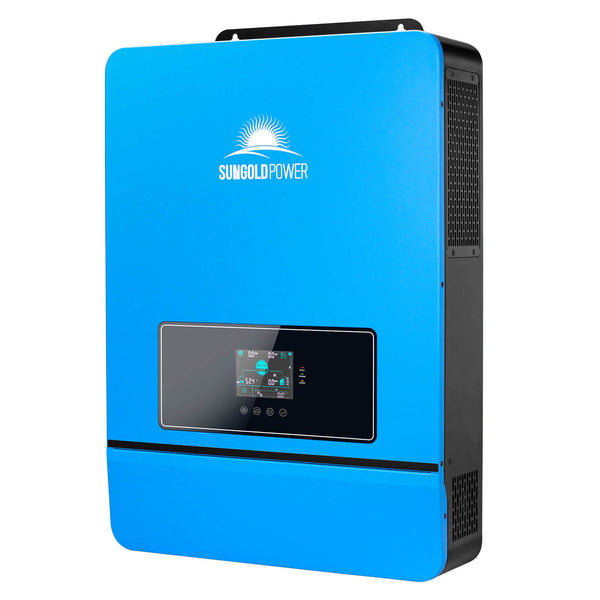jwoell
New Member
Hello, first post here so I hope I'm not being too redundant with other threads. Please point me to a similar post if it's already out there.
I have a 1000sq ft cabin that I am designing a solar power system for. I was just hoping for some feedback and possibly some recommendations on equipment or at least recommended online stores.
Cabin is in Minnesota in a location with about 4.4 peak sun hours.
My goal is to have a grid-tied system that could also operate indefinitely off-grid.
Am I in the right ballpark with the rough outline listed below??
Requirements:
Enough power to run :
Current Plan:
I have a 1000sq ft cabin that I am designing a solar power system for. I was just hoping for some feedback and possibly some recommendations on equipment or at least recommended online stores.
Cabin is in Minnesota in a location with about 4.4 peak sun hours.
My goal is to have a grid-tied system that could also operate indefinitely off-grid.
Am I in the right ballpark with the rough outline listed below??
Requirements:
- Grid-tied but able to be disconnected if/when I want to.
- 120V and 240V output
- Enough battery storage that it would extremely unlikely to run out of power even after 7-10 days of less than ideal sunlight.
- Rock solid components that I don't have to worry about failing in the next 15+ years under normal usage.
- I'm not very concerned about efficiency as solar panels are cheap and I'd rather just go with 50% more panels than I'd ever need and never worry about it.
Enough power to run :
- oven/stove
- well
- lighting
- refrigerator
- deep freeze
Current Plan:
- 6000W 48V Hybrid Solar Inverter
- 3000 Watts of solar panels
- (4) 12V AGM 200 Ah batteries
Last edited:



